A Chinaman Vision Of Art
conversation with the founder
of The China Club - Mr David TANG
&
A visual study of his choice of decorations
"A bit of culture," Tang pronounces with a regal wave of his Cohiba. "Somebody has to keep a little culture going around here, don't you know. And I really like to do this sort of thing. Never mind if only a handful come, I like to do it anyway." He winks and takes a satisfied drag on his cigar. Then wagging an admonishing forefinger, he adds, "But no more than an hour for the music, because anything longer than that here in Hong Kong is too long."
If China Club members have a limited tolerance for classical music, most seem to enjoy the spectacular exhibition of contemporary Chinese art that hangs everywhere in the club. Put together with Johnson Tsong-Zung Chang, a brilliant curator with whom Tang owns the Hanart TZ Gallery downstairs, the 350 works in the China Club's collection consist not only of original paintings for old Maoist posters, campy socialist realist oils of the "Dear Leader" school of art and kitschy Communist bric-a-brac, but an extensive collection of post-Mao avant-garde paintings that mine the iconography of China's revolution and the dark side of Mao's megalomania in an ironic way that manages to be both oblique and affecting.
Among the best-known paintings is a Yu Youhan version of Mao attired in a floral Laura Ashley Mao suit, Wang Guangyi's militant worker heroes saluting a Tang breakfast drink logo, Yu Youhan's Chairman Mao and Whitney Houston, and a marvelous high-camp ceramic sculpture of Mao surrounded by stereotypes of adoring Third World revolutionary compatriots: a Mexican in a sombrero, an African woman in a nappy, an Albanian in regulation oppressed-peasant overalls, an Arab in a kafir and a Red Guard girl ardently hugging Mao's arm. Everyone is, of course, smiling deliriously with socialist intoxication.
The presence of this extraordinary collection makes the China Club more than just a clever replication of old Shanghai for young culturally defoliated businessmen in search of ersatz atmosphere. The fact that Tang has done so much to introduce China's new wave of iconoclastic artists to the outside world puts him on the cultural cutting edge and gives the China Club an air of being authentic, something that is rare in this international city where so much is borrowed and simulated from elsewhere.
"I created the China Club to be the kind of place I'd like to go to myself," Tang says. "Maybe for most it's just a kind of museum where they can eat and hold events, but I think that everyone feels somehow proud to be associated with it"--proud enough to remain on a long waiting list and then pay a $25,000 membership fee (corporate fees are $55,000) for the privilege of joining. Tang and his co-owner, T.T. Tsui, claim to have already earned nearly $30 million in memberships.
What is so unprecedented about the vortex of energy and activity that swirls around Tang and the China Club is that until its opening in l991, there was little socializing between Chinese and the British/ex-pat community in Hong Kong. There had been even less between Hong Kong residents and Mainlanders who were known mostly for their Maoist rhetoric, badly cut suits and social ineptitude. But through Tang's style of celebrity matchmaking between East and West, this three-way divide has started to be bridged. By doing more and more business and traveling on both sides of the border, a new generation of Chinese that views itself not so much as being from Hong Kong or Shanghai but as being just "Chinese" is coming to the fore. To be around Tang on this widening but still narrow littoral, where these once dissimilar and separate worlds have started to overlap, is to be in a new world.
And how do comrades from Beijing take to his cigars? "Well, yes," Tang says with an upper-class English harrumph. "Cigars are truly the greatest symbols of big capitalists, aren't they? I wouldn't think party leaders in Beijing would ever be caught dead with one in their hands. To see a Communist with a big fat corona or robusto would be a bit surreal, wouldn't it!"
Despite the many obvious differences in the way people live, think and are governed on each side of the border, Chinese on both sides are collectively searching for cultural roots in a process that has begun to evince a new nationalist pride. That this growing sense of "Chinese-ness" has become tinged with patriotism--and not infrequently more than a little arrogance and anti-foreignism--is an aspect of Asia's economic renaissance that has surprised many, especially when it has found expression here in Hong Kong. But as Tang explains, "More and more I have come to view China as my future, just as it is also the future of Hong Kong." In fact, he has just opened another China Club, this one in an old palace courtyard complexin Beijing that was once the Sichuan Restaurant, where he may be able to become more a junzi, a "Confucian gentleman," than a British dandy.

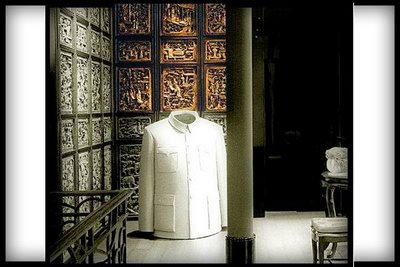
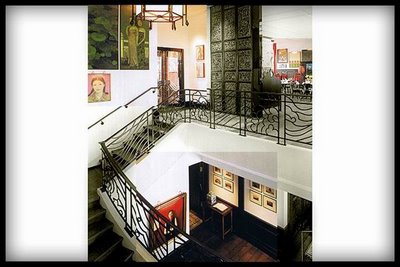

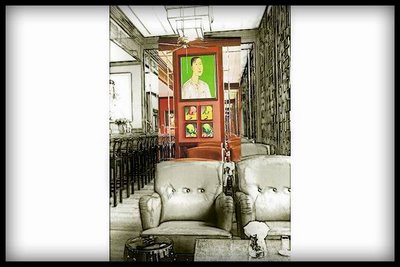
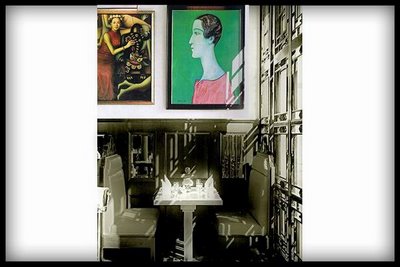
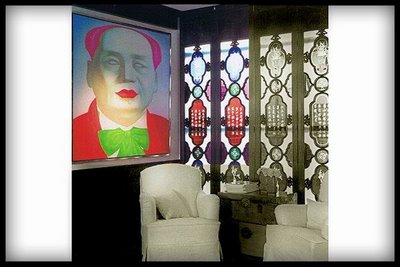

0 Comments:
Post a Comment
Subscribe to Post Comments [Atom]
<< Home